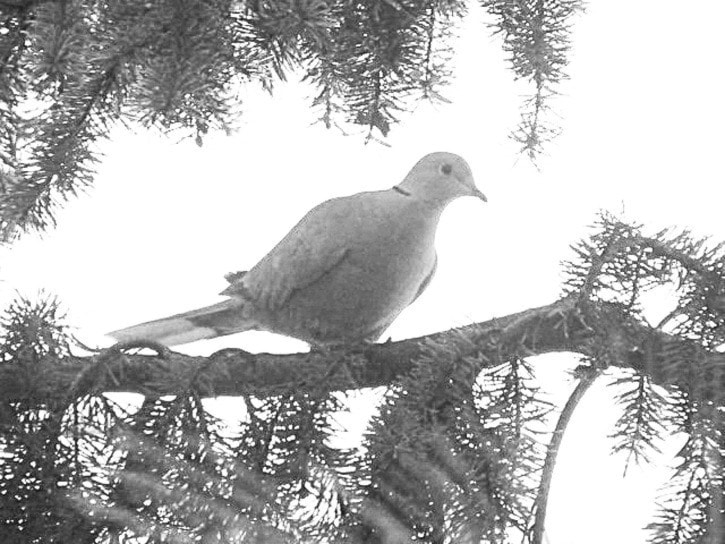The 44th annual Williams Lake Christmas Bird Count was held on Sunday, Dec. 18, 2011 and proved to be a count of sharp contrasts for the 36 participants in the field.
The valley bottoms were cloaked in heavy fog for much of the day while counters at the higher elevations enjoyed brilliant sunshine.
This provided a pleasant day’s birding for those surveying Fox Mountain and Esler, while the less fortunate ones assigned to the lower regions peered through the gloom for birds, which were difficult to find and had little sympathy for one counter who complained of a mild sunburn.
At the end of the day, 4,603 birds of 49 species had been counted.
The number of birds was up markedly from a 10 year average of slightly under 4,000 birds, while the species total was down by four species over the average for the same period.
There was an increase in the numbers of birds that rely heavily on urbanization, particularly in winter, such as pigeons, crows, ravens, house sparrows and house finches but only three species were seen in record numbers.
European starlings totalled 264 for a big increase over their previous high of 184 set in 2007.
Black-capped chickadees were at 372 which is 40 more than their previous best in 2003.
Four merlin were also seen which doubled the previous high set in 2004.
There was one new bird to the count this year which by all accounts will not be its last appearance on future Christmas surveys.
A Eurasian collared dove was spotted at Scout Island only three years after it first appeared in the region as a spring migrant.
This dove has proved to be an extremely successful colonizer, spreading continent wide since it first gained a foothold in Florida in 1982 having expanded from the Bahamas where it was introduced from Europe in 1970.
Unlike other introductions such as the starling and the house sparrow, which out-compete other species for nesting sites, the Collared dove is not known to have the same impact on native fauna.
Thanks to the people who watched their feeders on count day and called in the results.
Details of the count are submitted to Bird Studies Canada and the Audubon Society, which rolls up the results of the estimated 2,300 counts continent wide and provide the data to researchers who monitor the status and population trends to determine the overall health of our wintering birds.
